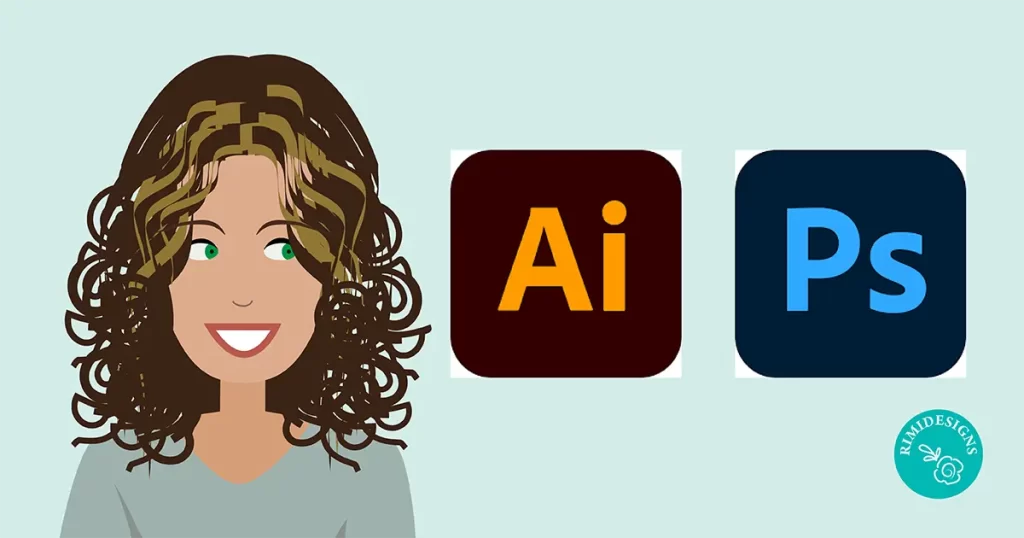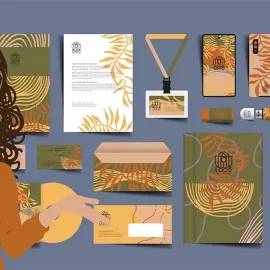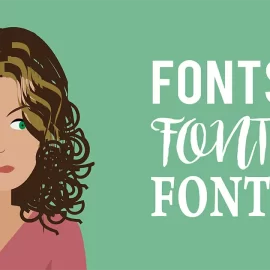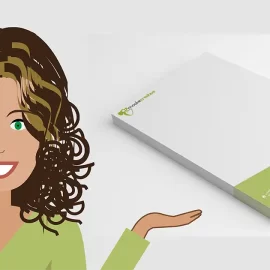
Adobe Illustrator Vs Photoshop – Which is Best for Print Projects?
Digital projects don’t always translate perfectly into the print world. An entirely different colour palette must be used and knowing which program is optimal for your project is also important.
For example, digital projects should usually be done in RGB colours, while commercial print projects should be done as CMYK. The reason for this is the way that light affects colour. However, if you are using a desktop printer, you can use RGB colours because most desktop printers internally convert RGB data into CMYK.
As a general tip, it is a good practice to run a test print with the colours that you intend to use, to ensure that the image on your screen is the same that is going to be produced by the printer. Always choose a reputable printing service to ensure that you get what you require.
Photoshop: Pros and cons of print
Pros
Photographs are the type of prints where Adobe Photoshop really shines. When preparing a photo for print, there really is no better option than a program specifically designed for this task. Photoshop makes it easy through filters and layer masks to adapt a photograph to suit any print project.
Using layers is a lot easier in Photoshop. These allow you to tweak pieces of your photo or design without destroying the original. You have a greater amount of control and can work with tiny selections of your image at a time.
Layers also make it easy to make what-if scenarios when you make a change using a layer mask. This is because any layer you make can also be made invisible.
Cons
Creating multiple layouts is a challenge with Photoshop. Generally, one work area is used and changing its size affects your entire project. Photoshop’s pixel-based files do not resize very well, and image data can be lost or appear blocky, if it is scaled to a size that is too small or too large.
Tips for printing with Photoshop
Usually, it is best to “flatten” the image before printing. This means that you should save a version of your image with all the layers merged together.
Print time can be decreased, if needed, by saving the image at a lower resolution. When you save your image, you can use the drop-down menu to choose another file format, such as .jpg, which will allow you to save at lower quality if needed.
You can use View > Gamut Warning to discover any unprintable parts of your image. They will show up as patches of gray.
Illustrator: Pros and cons of print
Pros
Adobe Illustrator is especially good for images that are going to need to be resized before print, because this program specialises in vector drawings.
A company logo that might need to appear on anything from a tiny business card to a large banner is a good example, because these vector images will always appear smooth and crisp when scaled to any size.
Type is also something that Illustrator excels at. Besides the fact that type should be vector-based, so it can be scaled up and down at will, Illustrator has a lot of built-in functionality for type, allowing you to manipulate lettering in creative ways.
Cons
Manipulating images is a lot more difficult in Illustrator than in Photoshop. Because the image is handled in large units, editing tiny parts of it is a lot more frustrating.
There aren’t a lot of filters in Illustrator and it’s difficult to use illustrator to edit an existing image. The lack of layer functionality makes it difficult to manipulate one aspect of the image at a time.
Tips for printing with Illustrator
Keep the vectors as simple as you can. Using a lower number of anchor points means that the fidelity of the image is more likely to endure a lot of resizing.
If your artwork is not designed to “bleed” or extend beyond the edges of the print, leave 1/4″ of white space between the graphic and the edge of the artboard. If you do wish for it to “bleed”, you can ensure this by extending the image 1/8″ beyond the edge of the artboard.
Conclusion
While both Adobe Photoshop and Illustrator can be used for creating a print project, knowing which one is best for your particular project will ensure that you get the best look from your design.
Remember also, that in a lot of cases, it’s beneficial to use elements from both Photoshop and Illustrator and bring them together for your final prints. The possibilities are endless.
SOURCE: Onextrapixel



